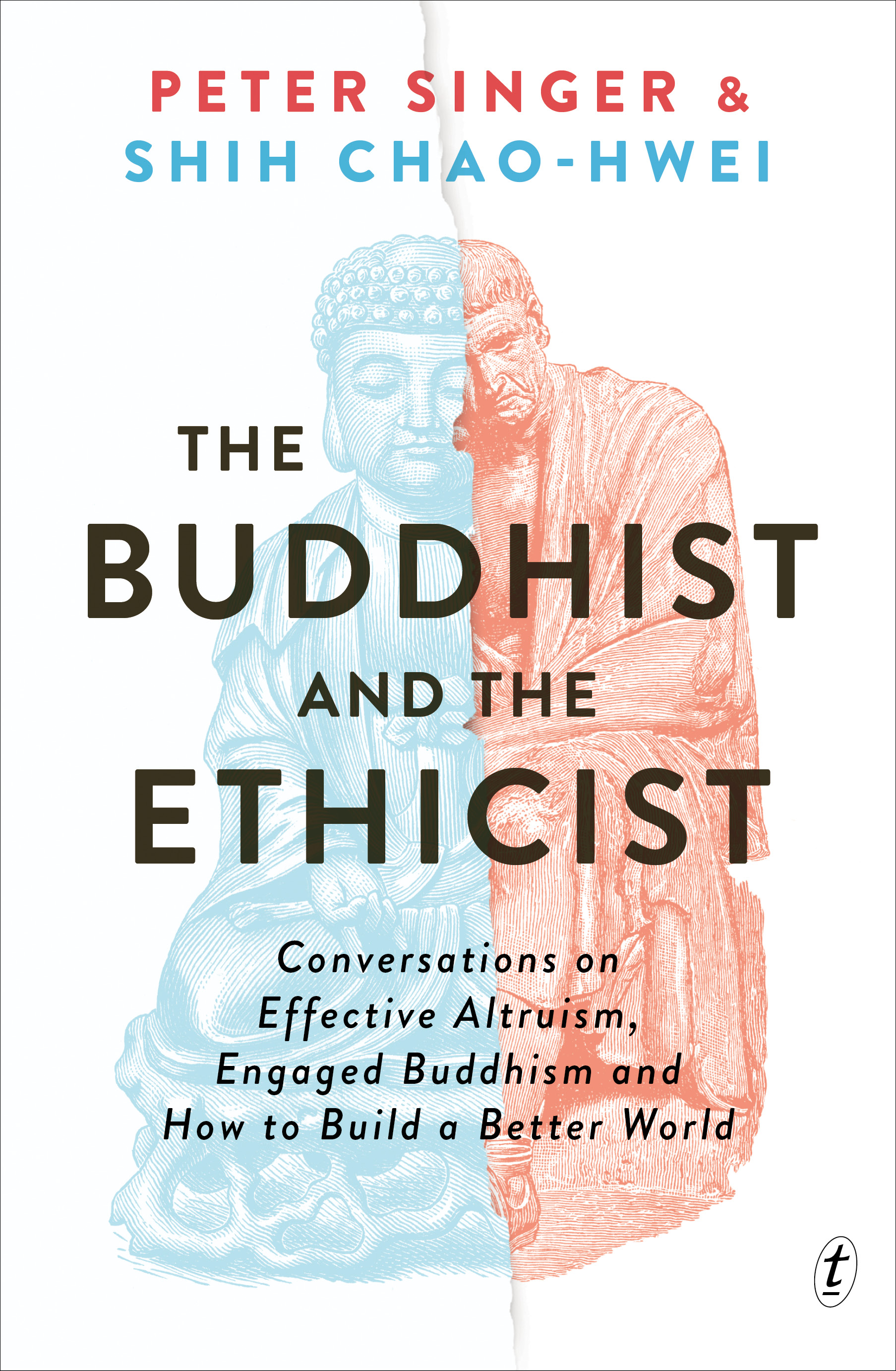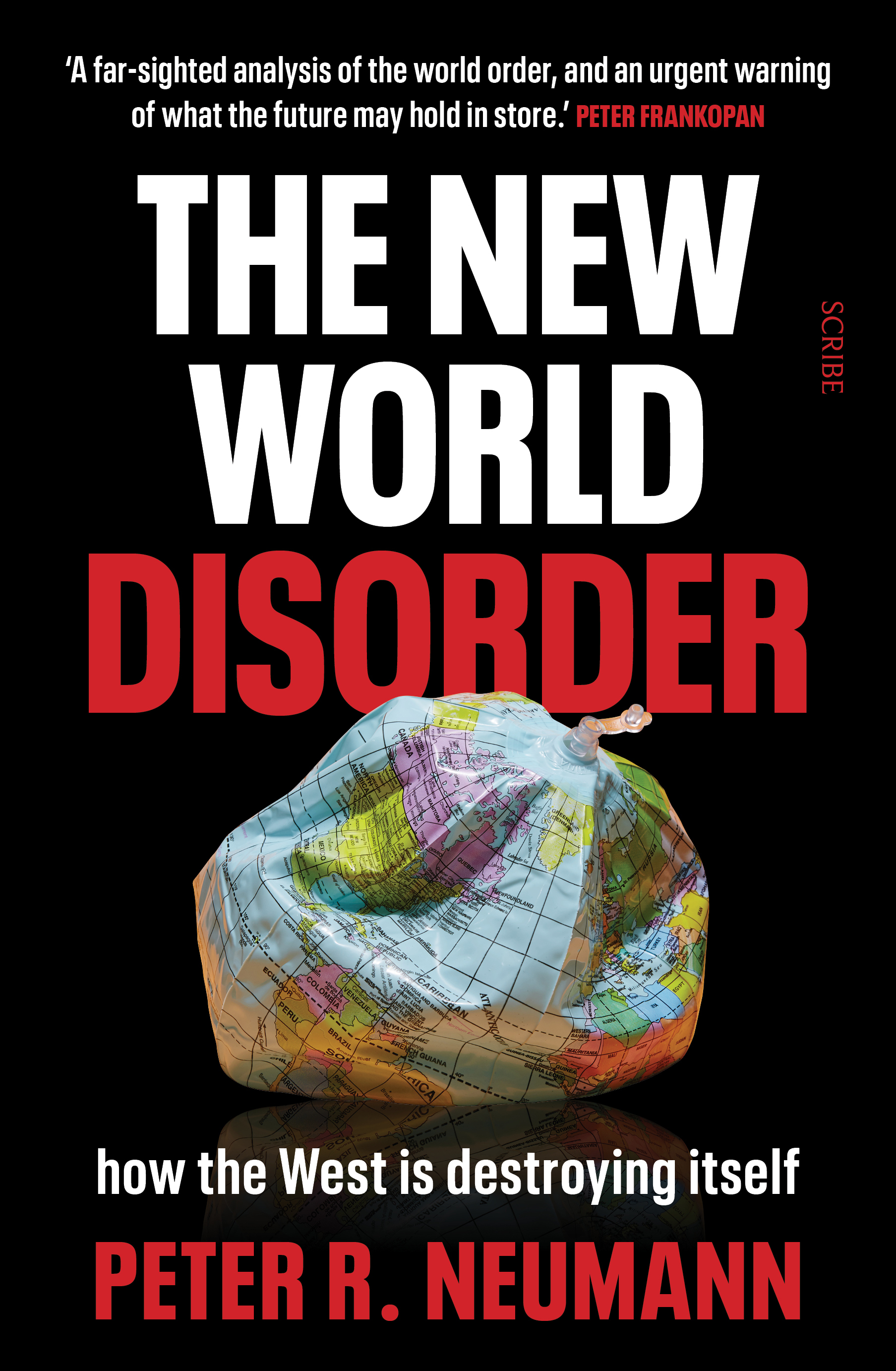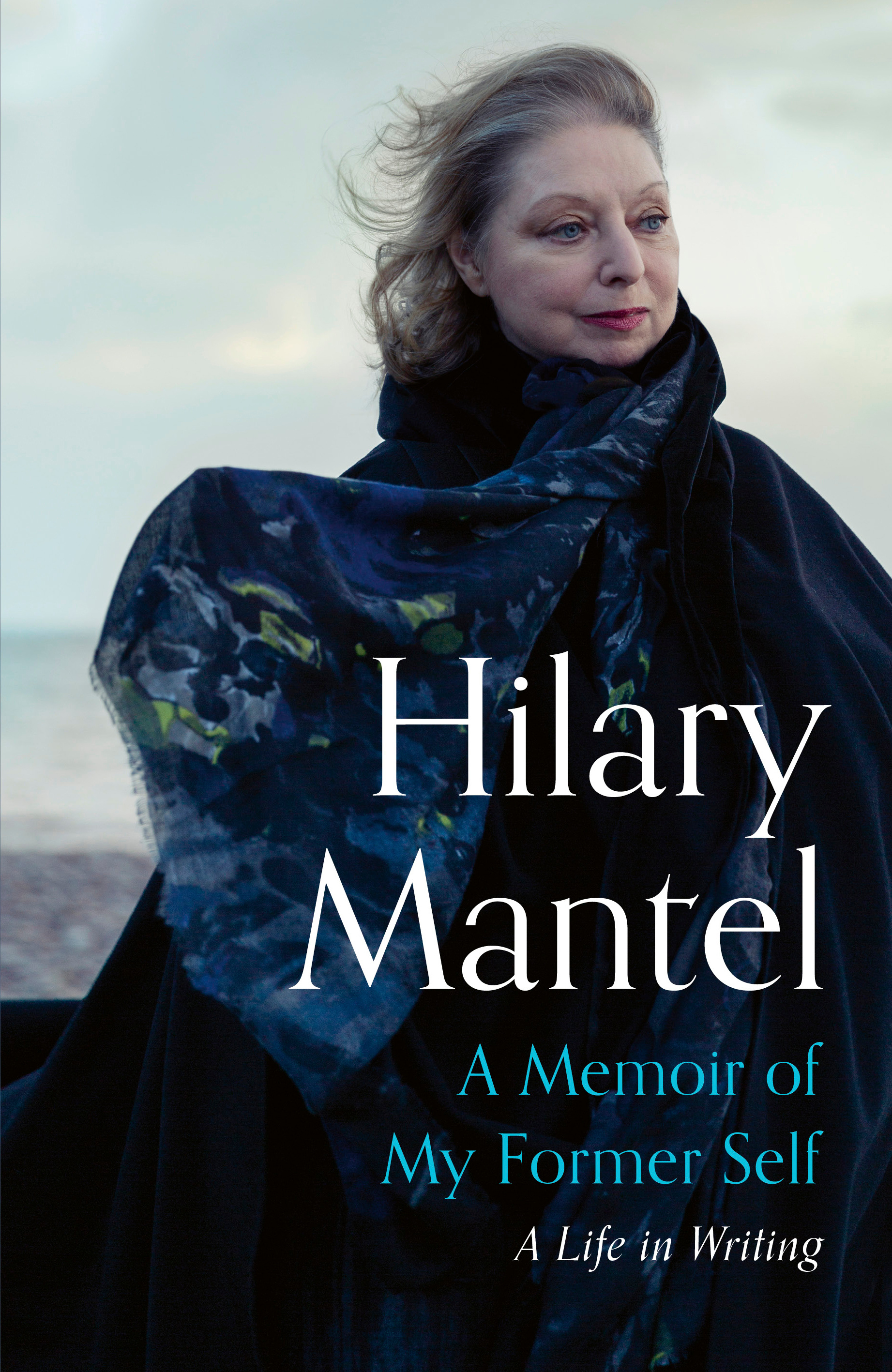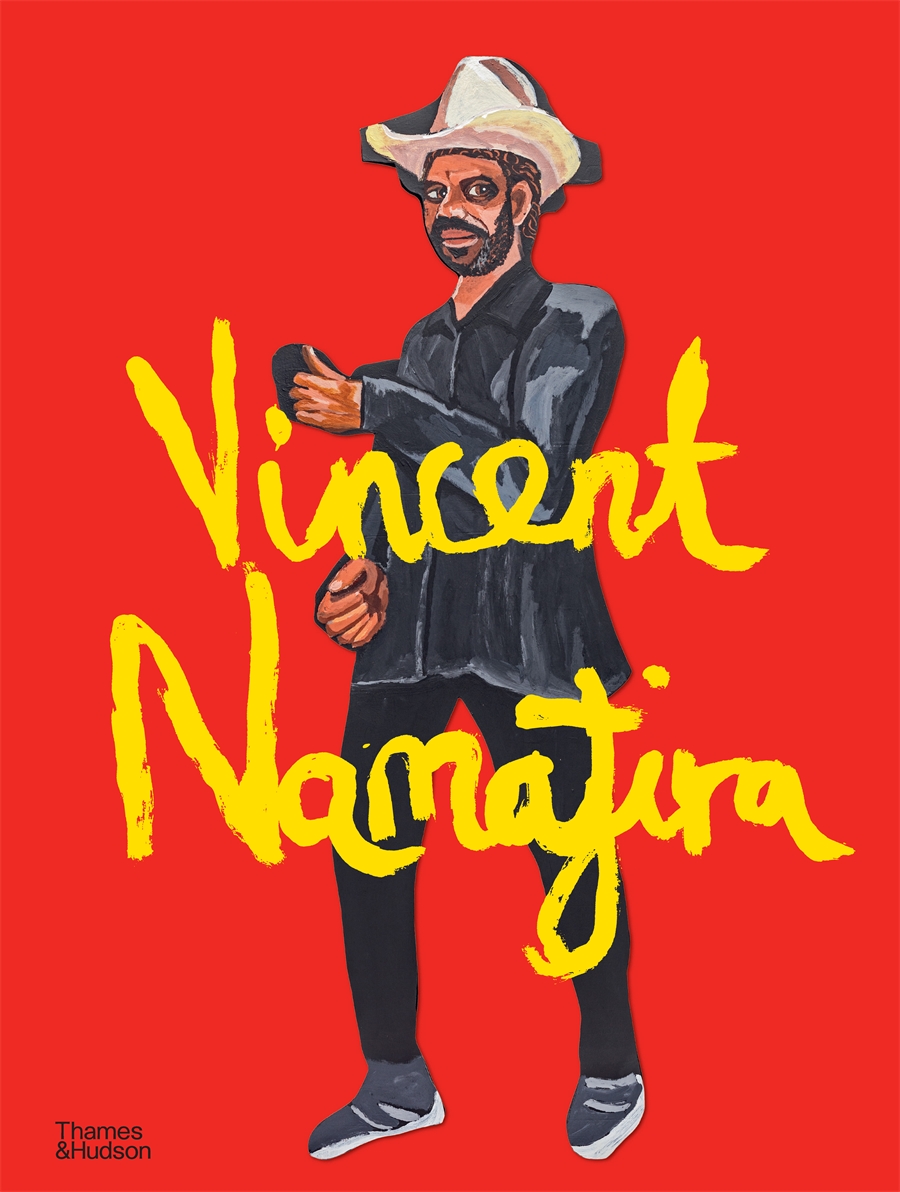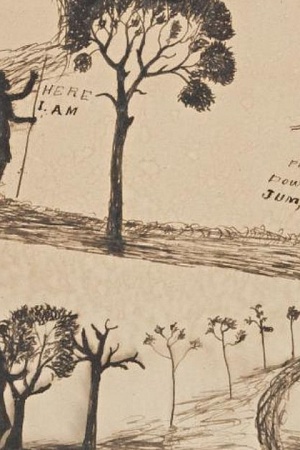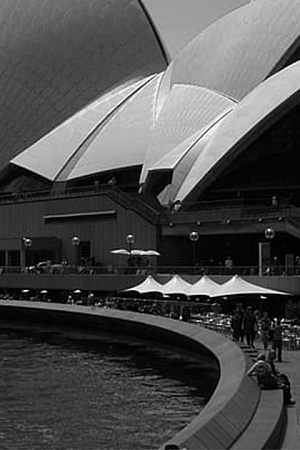Flesh and blood imagination
On a weekend when the Melbourne Age and the Australian could muster barely three book pages between them and only one review of a work of fiction, I went to an exhibition of Juan Davila’s recent work. The paintings were visceral, fierce, transgressive, shocking. Here was art disdainful of demands for beauty, art that took the notion of aesthetics into the dungeons of the mind. And it set me on edge.
I was aware of the same response when I first saw the paintings of Francis Bacon, when I heard Xenakis’s frenetic piece, Eonta, when I read Ginsberg’s Howl, and later Proust, when as a child I found The Waves on my mother’s bookshelf and wondered how, with this gem in her possession, she could lead such an ordinary life. Art with its rude and hungry clutch on the imagination could change lives I believed. Literature in particular. In fact, after I found the Russians (one often speaks of finding books, not that they were ever lost but more that one was searching) I decided literature could do anything. But is it delusion? Has it always been delusion? What in fact is the point of imaginative writing? After all, those things, those events, that demand to be perused and understood, to be engraved but replicated no.
Continue reading for only $10 per month. Subscribe and gain full access to Australian Book Review. Already a subscriber? Sign in. If you need assistance, feel free to contact us.

